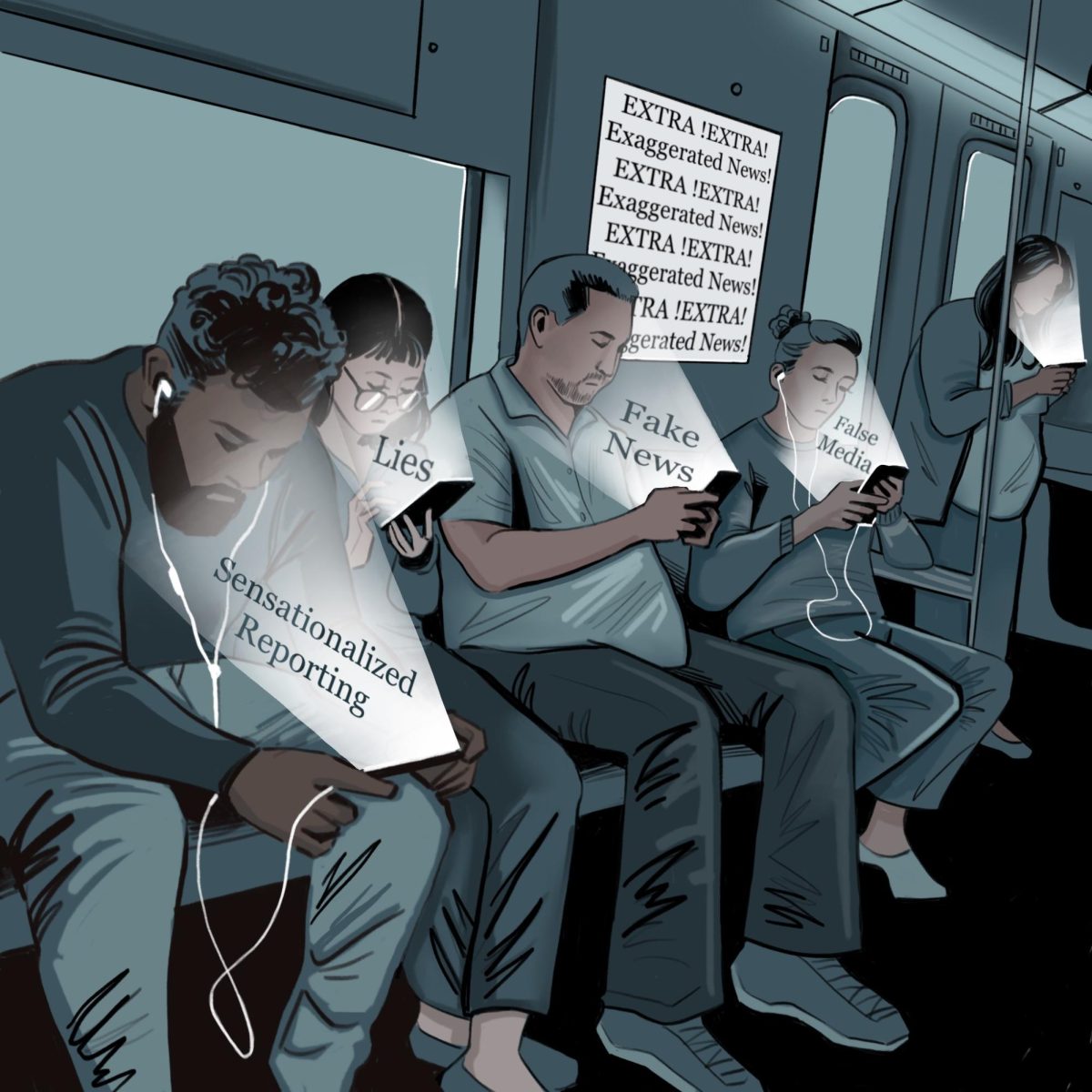As high schoolers, it is difficult to envision the future. That is understandable, as life’s path can take you in many directions with infinite variables, whether college, grades, scholarships or even part-time jobs. However, as I have aged, I have realized that we as gen-z students have the odds stacked incredibly against us in every way shape, and form.
From the second I stepped foot into Hoover High School, college was immediately placed on my mind, with constant notifications of scholarship opportunities. As a freshman, I never truly understood why getting scholarships was such a big deal. But now, I understand why. Getting a post-secondary education is as expensive as ever, with the average cost of tuition and other resources being $146,000 according to BestColleges.com. That is an astronomical amount that is nearly impossible to pay with a full-time, near-minimum-wage job while at college. However, the average cost of tuition per semester in 1990 was $1,780 according to educationdata.org. Inflation has played a role in the rise in tuition since then, but now the average tuition is $9,349 for a public, in-state university.
Despite receiving scholarships and other financial aid opportunities, these high costs have plunged many into student debt. About 13% of the American population is in student debt according to Nerdwallet. This has become a major issue as having a part-time job to pay off tuition has become near-impossible, causing many Gen-Z college students to go into debt.
The average bachelor’s degree student goes $30,000 into debt. The debt on average can be paid off in a 10-year period with monthly payments of $333 or over a three-year period with monthly payments of $913 a month. The plight of having to pay off student debts forces many college graduates into living paycheck to paycheck and having to live with parents or friends to save cash.
It has been a major goal of the Biden administration to cancel student loan debts but has faced challenges through Congress and SCOTUS. However, in December 2023, the Biden administration approved $4.8 billion in student debt relief for 80,300 borrowers, showing that some borrowers can avoid having to pay massive amounts of their paycheck to slowly pay off student debts over a long span of time.
For people like me, your parents and family aren’t able to pay off all of the tuition and debt for you, putting a large chunk of the 20-30 age group into debt as they attempt to progress through life. Other necessary needs in life are also under massive price spikes, such as cars, food, and most importantly; housing.
The effects of COVID and the Russia-Ukraine war have left an impact on the food industry, but large amounts of corporate price gouging have left low and middle-class families in the dust. The average price of food has gone up upwards of 20% since April 2021. In Ohio, the average cost of groceries for a single person is $341.48, but the prices of groceries can skyrocket for families with multiple children. Having a car has also become very expensive. A new car model from 2023 costs on average, $48,008, with only one major car model selling for under $20,000 according to Kelly Blue Book. The cost of gas has also infamously shot through the roof across the country, with gas creeping over $4 a gallon at times since COVID. The average person will spend up to $200 a month on gas according to JDPower. Car insurance also costs upwards of $106 a month on car insurance, adding more of a struggle for new car owners.
The Biden administration has also made attempts to switch from gas cars to electric vehicles. The attempt would in theory lower the cost of owning a car since you would not have to pay for gas, but has seen pushback from car companies. However electric cars still take up a small amount of the market and are costly to purchase. These pricey plights have placed many burdens on all Americans in all age groups, but have hit younger Americans under 30 even more. The most costly necessity is housing, with the housing market hitting all-time highs, making it nearly impossible to buy a house without living paycheck to paycheck. The median rent in Ohio is $1,050 for a 2-bedroom apartment, rising over $100 since 2014. The average cost of utilities for an apartment in Ohio also makes a dent in the budget for renters, rounding out to $472 on average. That makes it extraordinarily expensive to simply live and spend other funds on hobbies and clothing. The average monthly wage for an Ohio citizen between the age of 20-30 is $3,994 a month according to ZipRecruiter. The costs of living while renting a two-bedroom apartment with the other expenses listed earlier rounds up to $2502,48 a month.
However, if you choose to pay off your college loan debt in a three-year period, you will be spending over $3000 a month at least if you are renting an apartment. Buying a home has become near-impossible for any Gen-Z member for all of the reasons listed above, but the market has made it even worse for everyone who is looking to buy a home. The prices of homes have risen by over $100,000 since 2019 in Ohio according to Redfin. However, many people in the 20-30 age group are not able to save enough money to buy a home outright, forcing themselves to apply for a bank loan. The bank loans have come with massive interest rate hikes. In 2019, the average interest rate for a 30-year fixed mortgage was 4.13%, but in 2024, rates are nearing 7% for the same 30-year fixed mortgage.
The massive rise in home prices and interest rates has priced many out of ever even trying to buy a home, but renting a home or apartment has gotten more difficult. There have been hedge funds that have purchased massive amounts of homes and apartments and used them as rentals with high rates. It has caused many communities to become empty with homes that can’t find citizens to live in because not many can afford it. In response to the rise in home prices and rent, causing many Americans to cut costs and live paycheck to paycheck, there has been an effort to pass a bill that would force all hedge funds to sell all their homes in 10 years or else face a slew of taxes. The bill is uncertain to pass with an upcoming election season looming, and all Americans should consider this when they vote at the ballot box this fall.
Categories:
The Cost to Live
Ben Hollis, Chief of OP-ED
March 5, 2024
More to Discover
About the Contributor

Ben Hollis, Chief of OP-ED
Hello! My name is Ben and this is my second year on staff. I am the local Chocolate Milk Connoisseur of this joint.




